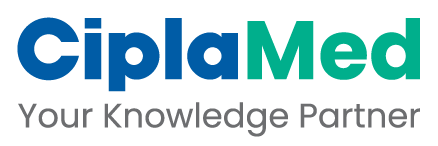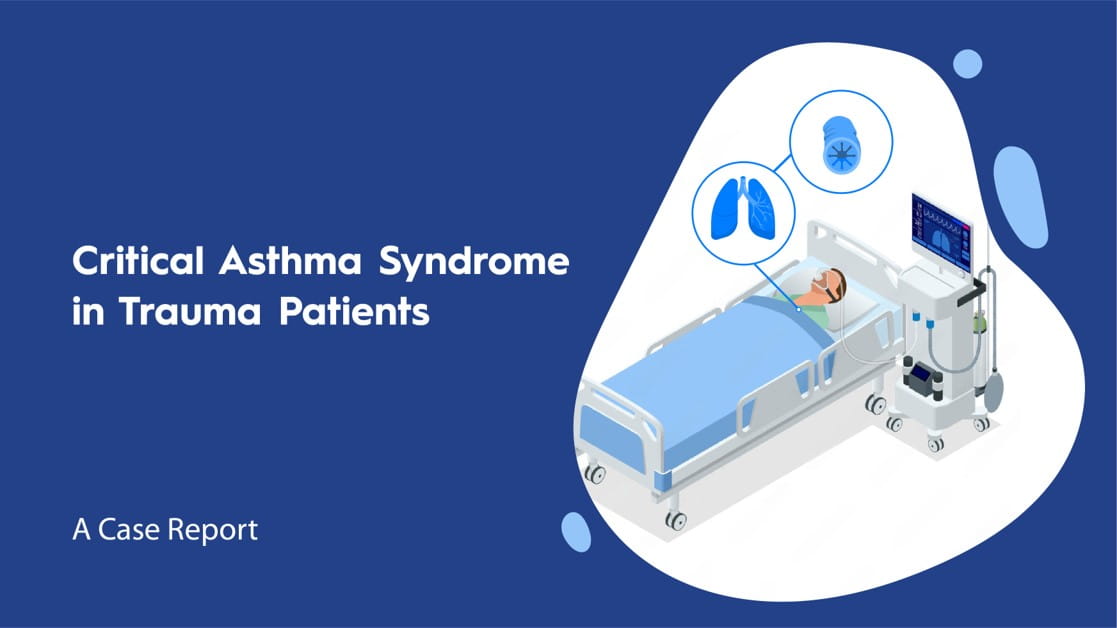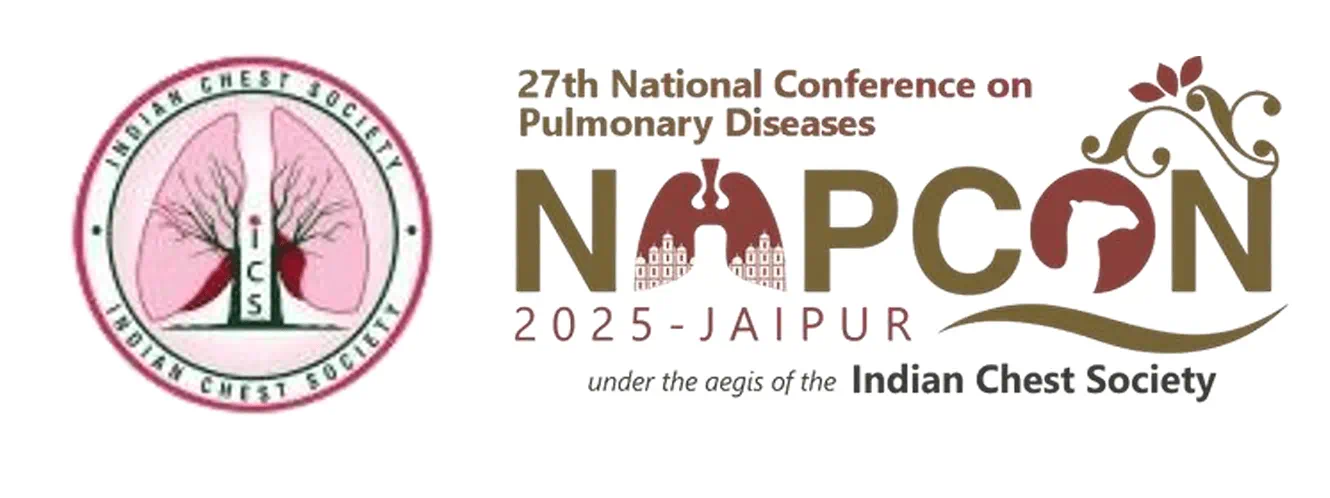ERS 2025: Asthma Exacerbations: Highlights
Global Differences in the Epidemiology and Exacerbations among Patients with Moderate-To-Severe Asthma
Presenter: Anna Vichiendilokkul
A review of 44 systematic literature reviews and 88 observational studies (2014–2024) examined global epidemiology and exacerbation rates in moderate-to-severe asthma. Prevalence varied widely from 19% in China to 59% in Spain. Uncontrolled asthma affected up to 49% of moderate-to-severe cases in the US. Annualized exacerbation rates (AER) ranged from 0.8–4.4 in Europe and 0.3–3.2 in North America. The proportion of severe patients with ≥1 exacerbation at baseline was up to 84.4% in Asia, 53.6–96.4% in Europe, and 84.6% in the US. Moderate-to-severe patients experiencing exacerbations in the US ranged from 22.7–23.2%. The findings highlight significant global variation and the need to optimize treatment to reduce exacerbations.
Real-World Effectiveness of Antibiotics in Addition to Oral Corticosteroids for Managing Asthma Exacerbations in Adults
Presenter: Irene Mommers (Netherlands)
A retrospective cohort study from the Netherlands (1994–2022) included 5,401 asthma patients aged 16–45 who used inhaled asthma medication and received oral corticosteroids (OCS) for acute exacerbations. Of these, 38% also received antibiotics (AB). Treatment failure odds ratio for AB+OCS versus OCS alone was 1.32 (95% CI: 0.80–2.01), and the hazard ratio for new exacerbations within 31–365 days was 1.23 (95% CI: 0.97–1.61). No added benefit of antibiotics was found, supporting their avoidance unless bacterial infection is evident.
Patterns of Corticosteroid Use in Acute Exacerbations of Severe Asthma
Presenter: Dennis Thomas (Australia)
An observational study investigating 392 oral corticosteroid (OCS) bursts in 160 patients evaluated OCS prescribing patterns during asthma exacerbations. Prednisone and prednisolone accounted for 93% of use, with 98% of patients receiving a single corticosteroid. Over half of the bursts (52%) had a treatment duration of one week or less. The median cumulative dose per exacerbation was 250 mg, with mean + SD daily, initial, and peak doses of 35 ± 17 mg, 39 ± 18 mg, and 41 ± 24 mg, respectively.
In 162 bursts with tapering data, 51% implemented a 1-step tapering regimen and 23% a 2-step tapering regimen, reflecting a mean 42% dose reduction per step over a median of three days. These results highlight the importance of establishing standardized, optimized protocols for OCS dosing and tapering in asthma exacerbation management.
Asthma Exacerbations During Pregnancy
Presenter: Bohee Lee (United Kingdom)
Traditionally, asthma control in pregnancy was thought to follow a pattern where one-third improve, one-third worsen, and one-third remain unchanged based on older data.
Using primary care and hospital data from 2004 to 2020, including 1-year pre- and post-pregnancy, this study analysed adverse events patterns and risk factors, considering inhaled corticosteroid (ICS) adherence. Adverse events (AE) were defined as either a short course of oral steroid treatment or a visit to the emergency hospital. Among 40,196 women, 31% reduced ICS use during pregnancy. Overall, AE decreased during pregnancy but returned to pre-pregnancy levels by 9 months postpartum. Hospital-managed AE rose in pregnancy but declined afterward. Key risk factors for pregnancy AE included prior AE (adjusted-OR, 95%CI: 4.08, 3.80-4.38), pre-pregnancy regular ICS plus other preventers (OR 2.11, 1.87-2.37), eosinophils ≥0.3x10⁹/L (OR 1.36, 1.26-1.47), and reduced ICS adherence during pregnancy (OR 2.29, 2.12-2.47).
Two high-risk phenotypes were identified: severe type-2 high asthma and poor ICS adherence pre- or during pregnancy. Optimizing asthma control before pregnancy and supporting ICS adherence during pregnancy are essential to prevent adverse maternal and child outcomes.
Ref: European Respiratory Society Congress 2025, September 27 - October 1, Amsterdam, Netherlands



